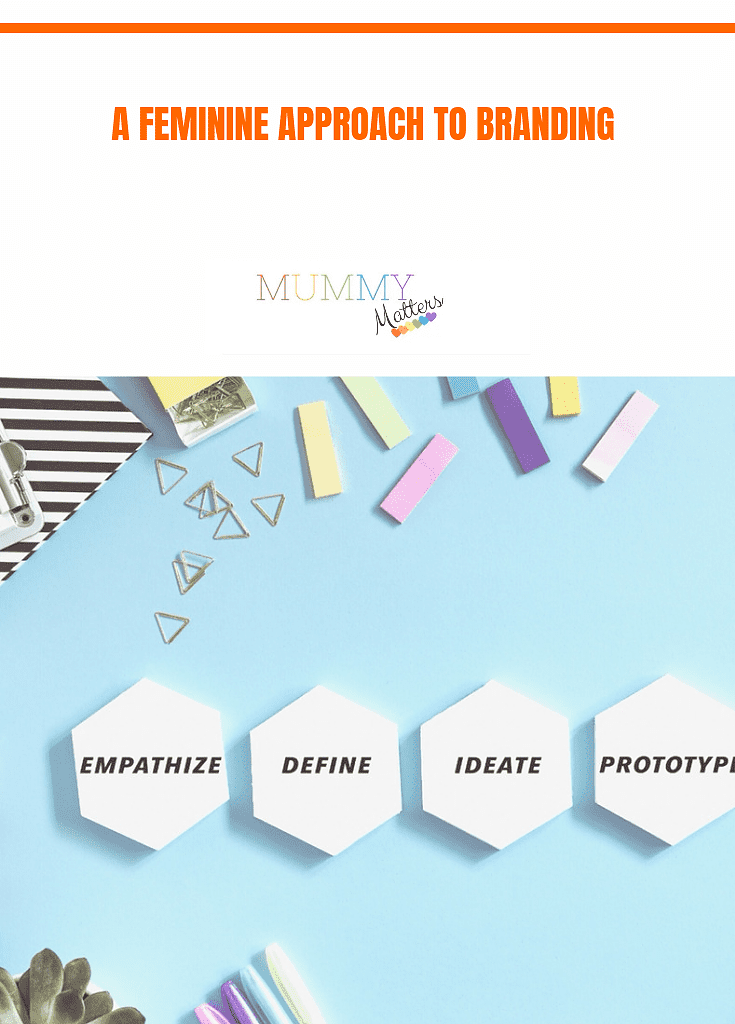Being a step ahead of the competition in terms of brand design is essential in today’s ever-evolving branding landscape. Feminine brand design, or the process of creating a brand with women consumers in mind, has received a lot of attention in recent years. Insights into the feminine brand design from a professional designer are discussed in this article.
What is a feminine approach to branding?

A feminine approach to branding is characterized by a focus on values and qualities typically associated with femininity, such as empathy, nurturing, authenticity, and community. It aims to create a brand identity that resonates with the values and interests of women, who are often the primary decision-makers when it comes to household purchases.
Feminine branding often emphasizes the emotional connection between the brand and the consumer, using storytelling and visual elements that evoke positive emotions and a sense of belonging. It may also emphasize sustainability, social responsibility, and inclusivity, all values that are often associated with the feminine approach.
In contrast to a masculine approach, which may emphasize power, competition, and individualism, a feminine approach to branding seeks to create a more collaborative and nurturing relationship between the brand and its audience. This approach can be effective for brands that target female audiences, as well as for brands that seek to appeal to a broader audience by emphasizing the qualities traditionally associated with femininity.
Feminine Branding and the Power of Color
Choosing the right colours is essential when making a brand for women. Traditional “girly” colour palettes, like pink, purple, and pastels, can be very effective for feminine brands. But if you want to stand out, you need to do more than expected and experiment with a wide spectrum of colours. This will make the brand more memorable to its intended demographic.
Feminine Branding and the Role of Typography
Branding projects also require careful consideration of typography. A brand’s typeface, especially one designed for women, can send the right message and evoke the right feelings. A strong and geometric font can portray authority and authority, whereas a delicate and flowing typeface can communicate refinement and grace. Before selecting a typeface, designers should give some thought to the message they hope to express.
The Role of Images in Creating a Feminine Brand

Feminine logos rely primarily on imagery in addition to colour and typeface. Floral patterns, delicate artwork, and depictions of ladies are all good examples of pictures that capture femininity. Visual appeal is important, but so is staying away from overused design patterns. To distinguish out, designers need new takes on traditional depictions of femininity.
Advice from a Feminine Brand Designer – Criss Rosu
Criss Rosu, a feminine brand designer and illustrator who focuses on creating businesses for women, gave some advice on the subject. She argues that the ideal characteristics of a female brand are strength and confidence rather than aggression. A brand should also exude sophistication and class. To do this, it’s important to think about more than just the colours and typefaces.
Conclusion
Creating a brand that appeals to women is difficult, requiring attention to detail in areas as varied as colour palette, typeface, layout, and images. Designers can stand out in a competitive industry if they can successfully appeal to women on an emotional level while maintaining a sophisticated aesthetic. Brands that embody the charm and allure that appeal to women are those that have been designed with these characteristics front and centre.


